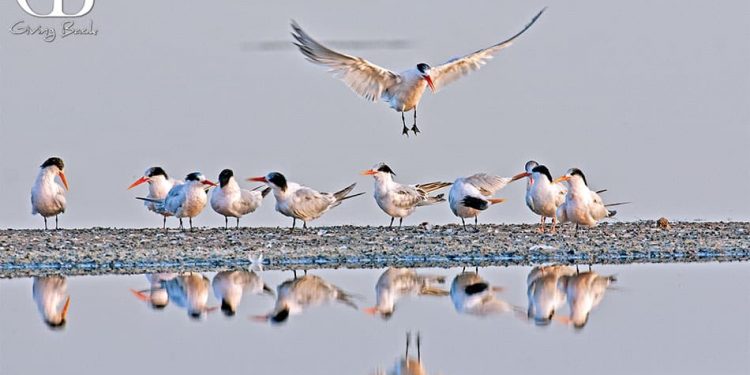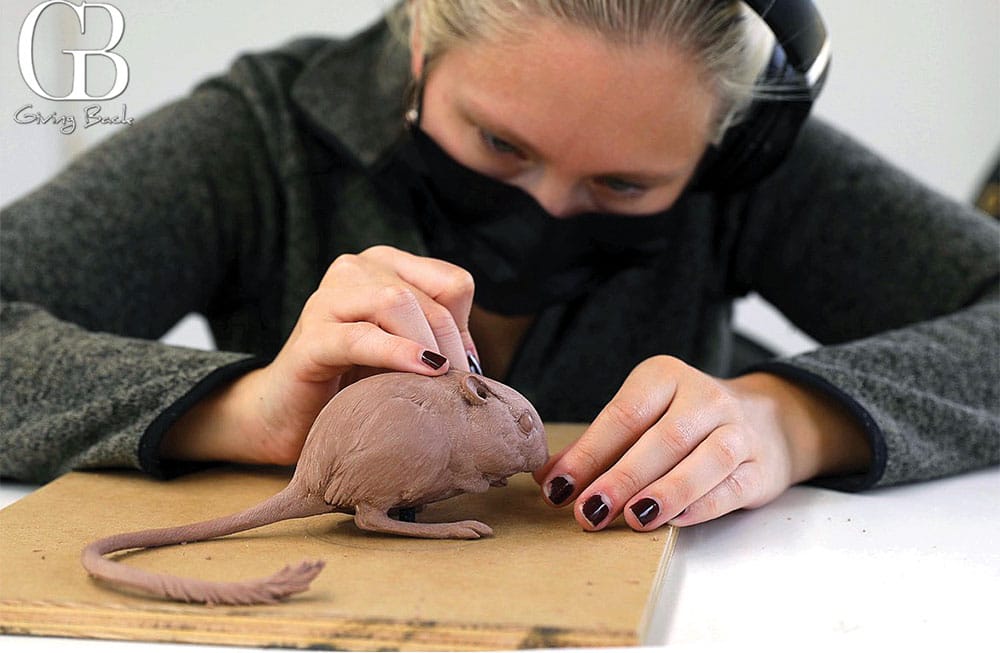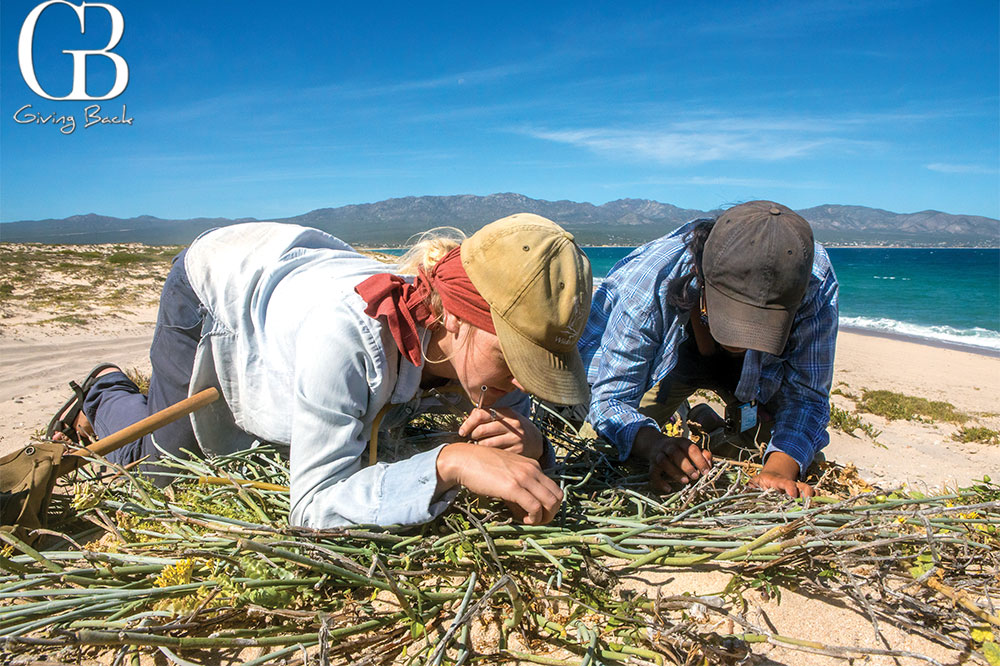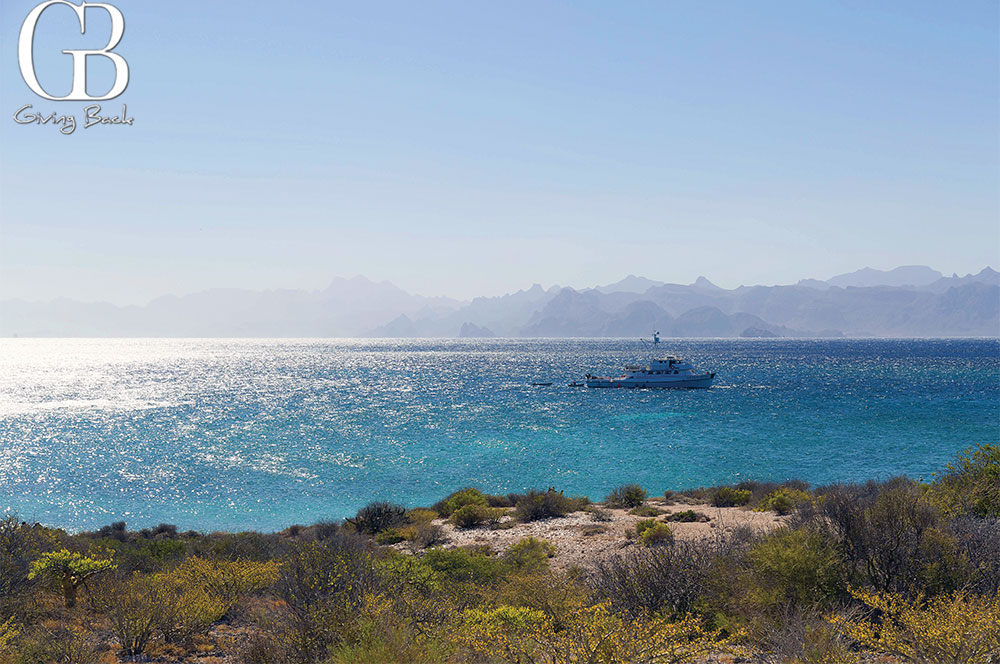Expedition Baja

The Nat’s Newest Exhibition Shines A Light On The Baja California Peninsula
This spring, travelers can get a glimpse into the beautiful biodiversity of the Baja California Peninsula – without leaving Balboa Park – when the San Diego Natural History Museum (The Nat) debuts its newest exhibition. The Nat is one of California’s oldest and most respected cultural and science institutions. Founded in 1874 by a small group of naturalists, the Museum works to preserve and protect this amazing place we call home. The Museum is located at the East end of El Prado in Balboa Park, directly in front of the Bea Evenson Fountain.
Slated to open Friday, May 27, 2022 in time for Memorial Day weekend, Expedition Baja invites visitors to explore the Baja California Peninsula and follow researchers on their quest to conserve its wild beauty. Featuring museum specimens, immersive imagery, and stories about conservation work happening there, Expedition Baja brings to life one of the most incredible regions in the world.
The peninsula boasts many rare plants and animals that exist nowhere else on Earth. But, like southern California, it is also a victim of widespread habitat loss due to climate change, agriculture, development and invasive species. The exhibition will increase awareness of how diverse the region is – from snow-capped mountains to remote desert islands – and the work being done to preserve it.
The 775-mile-long peninsula is part of The Nat’s mission area for biodiversity conservation, which is why they have worked alongside Mexican researchers for more than 100 years to study it. The museum has a long history of scientific expeditions into Mexico and collaboration with colleagues in the region. “Nature doesn’t stop at the border; in fact, humans are the only species that recognize political boundaries,” Judy Gradwohl, The Nat’s President and CEO shared with GB Magazine. “International collaboration is key to the future of this region and the preservation of its remarkable biological diversity.” This cooperative work has uncovered species new to science, helped with species and habitat preservation, and played an important role in conservation decisions on both sides of the border.
While many of The Nat’s exhibitions and programs feature museum research and specimens, this is the first time that scientists themselves will take center stage in an exhibition. From what they pack for expeditions to stories about plants and animals they are working to conserve, Expedition Baja will bring visitors closer to the region’s wild places, but also to the researchers and the scientific process itself.
Expedition Baja is located in a brand-new, 2,000-square-foot gallery. It is free for members and included with paid admission. Guests can pair their visit with films in the Subaru Giant Screen Experience. One of the films, Ocean Oasis, features Mexico’s Sea of Cortés and the Baja California desert.
Visitors can learn more, purchase tickets, or become a member at sdnat.org.
[/et_pb_text][/et_pb_column][/et_pb_row][/et_pb_section]







